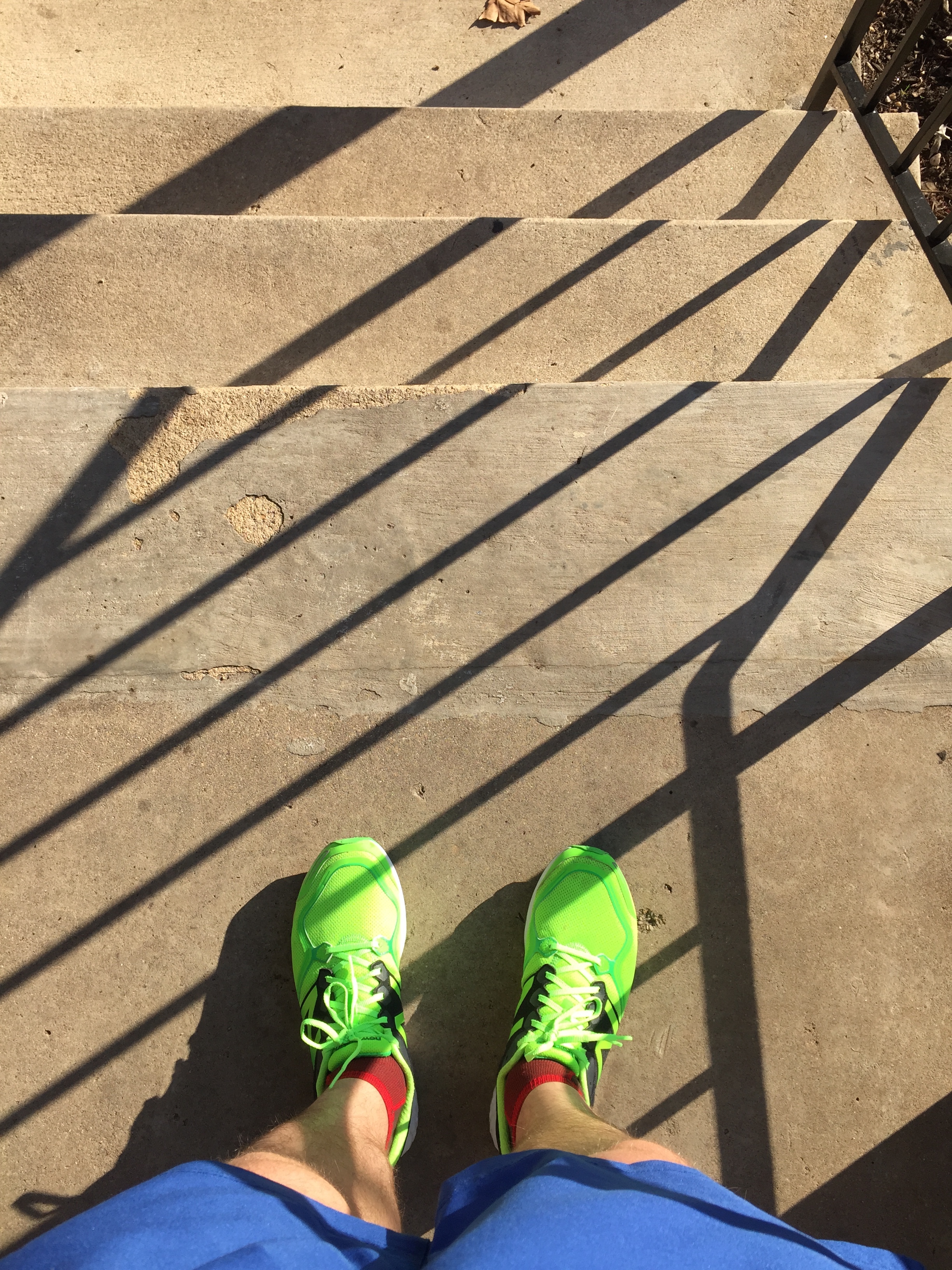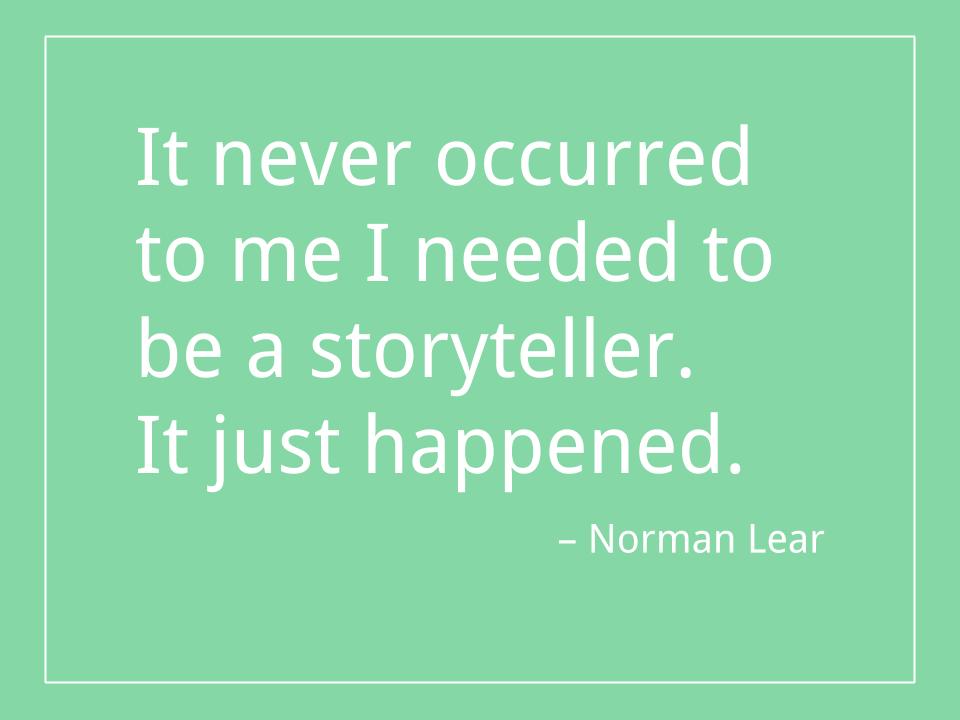It was on the third page of the front section of the Sunday paper today. If Michael Brown’s parents hadn’t been in D.C. over the weekend, I wonder how much deeper an update on the events in Ferguson would have sunk into the news cycle.
This aligns with my concerns about what I imagine to be happening in classrooms around the country. In the first weeks of school, teacher friends around the country shifted their lessons to include some investigation and conversation around the shooting of unarmed African American teenager Michael Brown by white police officer Darren Wilson in Ferguson, MO.
I can’t blame the newspapers for their reduced coverage. Until something happens worthy of an update, there is no new news.
In our classrooms, though, yesterday’s story must inform today’s lesson plans so that we can help to prevent tomorrow’s Michael Brown and Darren Wilson.
When tragedy strikes, we seek counselors, we make safe spaces for conversation, we hold vigils, we let out a collective, “This happened again” and utter the statement as either a shocked question or a saddened, unsurprised declaration.
Saturday will mark 8 weeks since Michael Brown was shot. Whatever units or lesson plans teachers developed so that they were “doing something” in response to the death of yet another child of color have likely run their course.
They were not enough.
Saturday will mark 8 weeks since Michael Brown was shot. Whatever units or lesson plans teachers developed so that they were “doing something” in response to the death of yet another child of color have likely run their course.
They were not enough.
However meaningful the classroom conversations, however poignant the reflective essays, however moving the student-produced PSAs and podcasts – they were not enough.
Because there will be another Michael Brown, another Eric Garner, another Kimani Gray, and another, and another, and another.
In the small town high school I attended, any conversation about race had to do with the Civil War, the Emancipation Proclamation, and possibly the March on Washington.
I should say any formal academic conversation about race included those topics. The informal conversations were fraught with the ugly contents of unexamined privilege, the exocticizing of the other, and the cultural appropriation of music relatable on an emotional level yet far removed where content was concerned.
My guess would be that Darren Wilson grew up in a similar system.
Cultural sensitivity trainings and body cams will make the difference they can make for the police officers attending them and wearing them, but that difference is nothing compared to the potential power of on-going mindfulness and conversations about race, class and privilege in our schools, classrooms, and hallways.
As much as we should worry about the next Michael Brown sitting in our algebra classes, we must worry about the next Darren Wilson being there as well.
We should feel guilt and shame that we were too weighed down by our own insecurities around these topics, that we dismissed them as too difficult or thorny to broach with students.
Perhaps we let ourselves off the hook by arguing students are discussing these topics at home with their families. That is laughable, dangerous, and irresponsible. And, were it even true, it would be no excuse to avoid adding a layer of complexity to helping our students inquire into the role they want to play in this country’s on-going identity crisis around race.
A lesson or a unit will not change the conversation. Hoping your colleagues in history and English classes are reading books with people of color as main characters will not change the conversation. Engaging in the conversation, again and again, will help to change the conversation.
The next Michael Brown and Darren Wilson are already sitting in our classrooms. What are we doing to make sure their story ends differently?
The following are a sampling of resources for teaching about the events in Ferguson and race in your classrooms. If you have other helpful materials, please add them to the comments:
Like this:
Like Loading...






